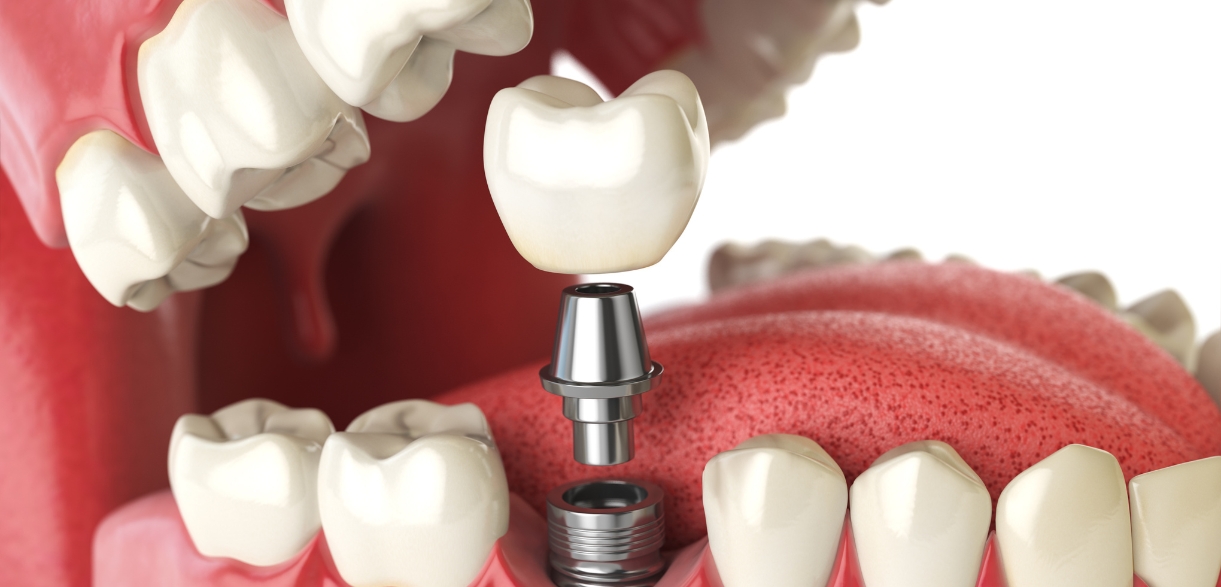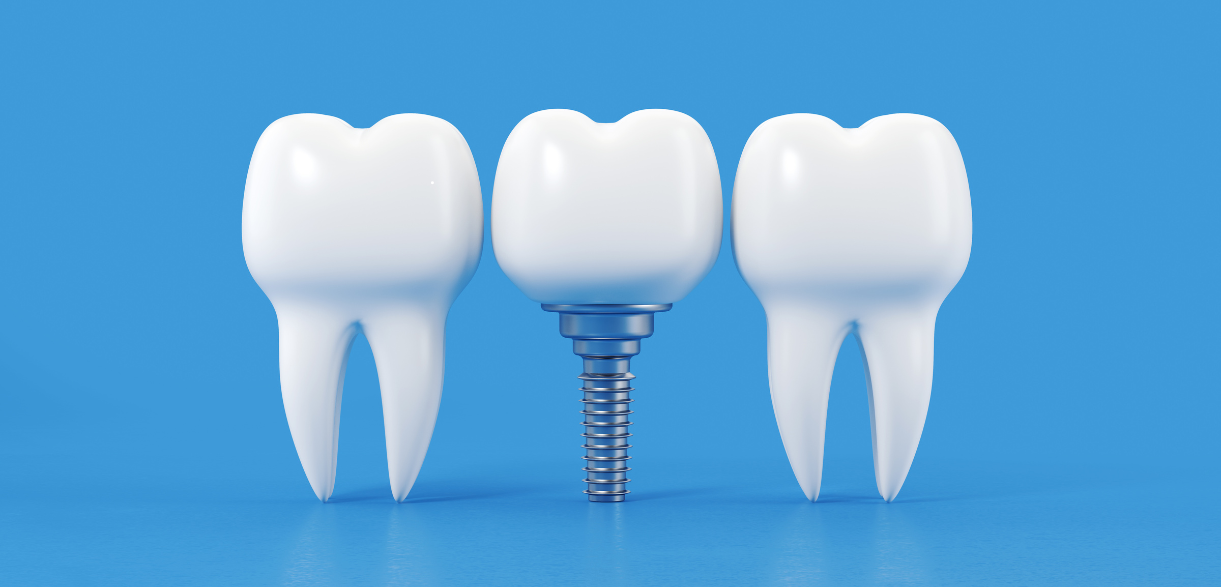New Patients Welcome!

The evolution of dental implants stands as a testament to the incredible progress in the field of dentistry. Throughout history, humans have sought solutions for missing teeth. From ancient attempts to use materials like seashells and stones as rudimentary dental implants to the sophisticated technologies of today, the journey of dental implants spans centuries. These innovative strides not only showcase the remarkable history but also highlight the immense impact these developments have had on oral health care.
1. Early Forms of Tooth Replacement:
In the ancient world, civilizations experimented with various materials to replace missing teeth. Archeological findings in Egypt, dating back to 2000 BC, revealed attempts to use shells and ivory as dental implants. The Maya civilization in Central America crafted implants from carved stones. While these early methods lacked efficacy and sophistication, they laid the groundwork for future dental innovations.
2. Emergence of Modern Dental Implants:
In the 20th century, we witnessed a pivotal moment in dental implant history with the groundbreaking work of Dr. Per-Ingvar Brånemark. His finding that osseointegration—where titanium implants fuse seamlessly with the jawbone—revolutionized implantology. The use of titanium, due to its biocompatibility, transformed dental implants, leading to increased success rates and long-term stability.
3. Technological Innovations Driving Progress:
Advancements in imaging technology have significantly influenced implant dentistry. Digital radiography and 3D scanning techniques provide detailed images of the oral cavity, aiding in precise planning for implant placement. Cone-beam computed tomography enables thorough assessments of bone density and structure, ensuring optimal implant positioning.
4. Evolution in Materials and Design:
The evolution of implant materials has expanded treatment options. While titanium remains the gold standard, zirconia implants have gained prominence due to their tooth-like appearance and biocompatibility. Zirconia’s natural color and strength make it an appealing alternative, especially for patients allergic to metal or seeking a more aesthetic solution.
5. Computer-Aided Design and Manufacturing (CAD/CAM):
CAD/CAM technology has transformed implant dentistry by enabling the digital design and fabrication of customized implants. This precise approach ensures a better fit, minimizes errors, and streamlines the overall implant procedure, reducing patient chair time.
6. Growth in Minimally Invasive Techniques:
Advancements in minimally invasive techniques have revolutionized implant surgery, emphasizing reduced trauma and faster recovery. Procedures like flapless surgery and guided implant placement utilize advanced imaging to navigate implant insertion precisely, minimizing discomfort and enhancing post-operative healing.
7. Incorporation of Nanotechnology:
The integration of nanotechnology into implant surfaces has enhanced their properties. Nanostructured surfaces promote quicker osseointegration by facilitating better cell adhesion and bone formation. Additionally, these surfaces exhibit reduced bacterial adhesion, lowering the risk of implant-related infections and improving long-term success rates.
8. Development of Immediate Load Implants:
Traditionally, implants require a healing period before attaching prosthetics. Immediate-load implants, also known as same-day implants, allow for the immediate placement of replacement teeth after implant placement. This advancement significantly reduces treatment time, offering patients the convenience of a quicker restoration.
9. The Role of Robotics in Implant Dentistry:
Robot-assisted implant placement is a burgeoning field that promises unparalleled precision. Robots aid dental professionals in executing highly accurate implant procedures, enhancing outcomes, and potentially reducing human error, ensuring consistent and optimal results.
10. Future Trends and Expectations:
The future of dental implants looks promising with ongoing research into advanced biomaterials and regenerative therapies. Scientists are exploring 3D bioprinting to create tissues compatible with the human body, enabling the creation of customized implants tailored to individual patient needs. These futuristic developments herald a new era of highly personalized dental solutions.
The evolution of dental implants from ancient practices to cutting-edge technologies exemplifies the relentless pursuit of innovation in dentistry. These advancements have not only transformed the field but have also significantly improved patient outcomes, comfort, and treatment efficiency. As technology continues to evolve, the future promises even more exciting prospects for dental implantology.
Contact us now to explore the latest advancements in dental implant technology and find personalized solutions for your dental needs.





